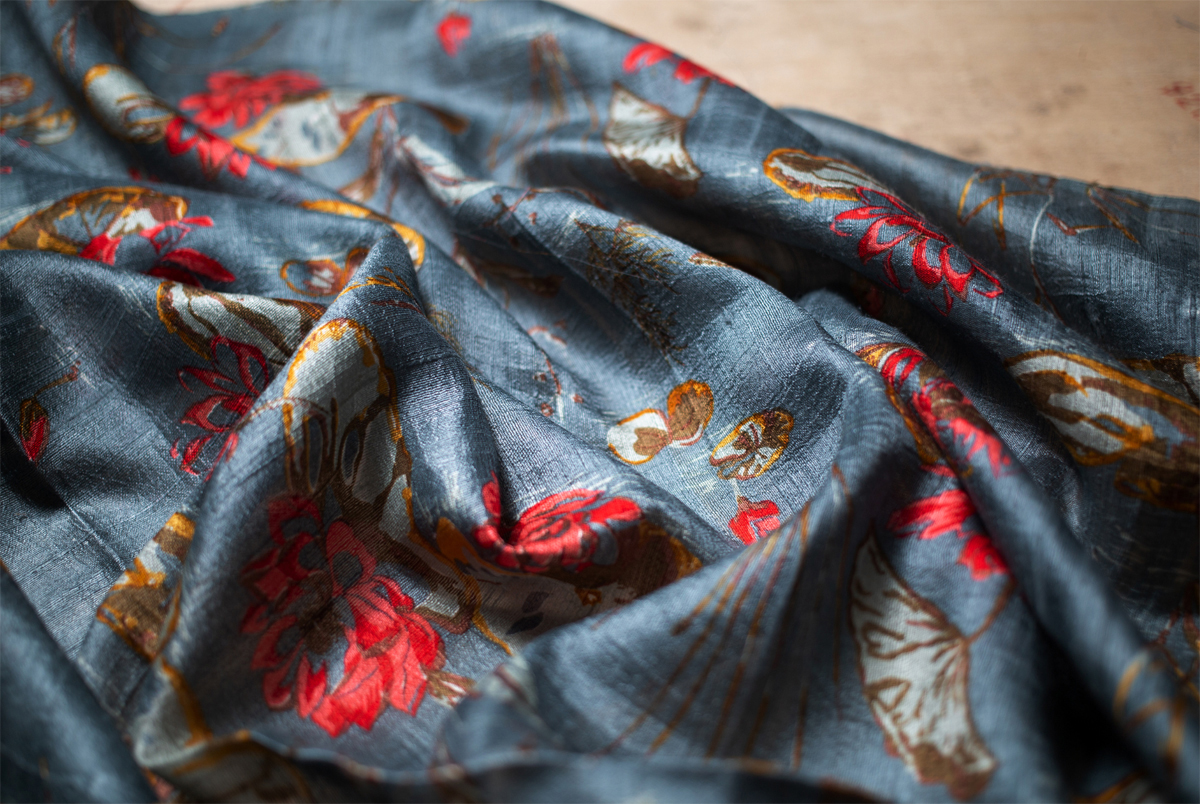The global digital textile printing market is anticipated to clock a remarkable CAGR of 16.3% over 2022-2029, as suggested by a new Future Market Insights (FMI) report. This astonishing market growth is majorly driven by increasing penetration of the printing sector in developing markets such as China, Mexico, and India, and technological advancements that have taken place over time.

The pandemic has triggered implications to digitally transform workplaces in order to better serve end users and thrive over the course of the following years. This crisis will possibly create a fertile ground for potential transformation of the digital textile printing market.
Growth outlook of the digital textile printing seems promising, owing to its numerous characteristics and use of advanced technology. The U.S. and Canada are projected to offer lucrative opportunities to manufactures as the demand for digital textile printing solutions in these countries surges.
Key Takeaways from Digital Textile Printing Market Study
- The direct to fabric (DTF) segment is experiencing unmatchable demand in the global digital textile printing market, expected to expand at an impressive CAGR of 17.5% during the forecast period.
- As compared to traditional printing technologies, digital textile printing requires higher primary set-up cost, and hence, per unit cost is high for small volume printing. Moreover, high frequency of orders for shorter run lengths requires arranging multiple jobs and regular plate changing.
- Digital printers are pursuing more precise ways of determining the equipment type and run lengths for printing. It has been witnessed that print service suppliers are mainly aiming on computerizing their printing processes.
- In terms of market growth, North America and East Asia are estimated to witness astonishing growth in the global digital textile printing market.
Growing Inclination towards Digital Textile Printing Designs Creating Opportunities for Designers
Earlier, unique and eye-catchy designs were only used for high fashion clothing that was exposed on the stages on foremost fashion weeks across the globe. But over the last few years, more and more high-fashion brands such as H&M and Zara are joining unique and more outbound designs in their pools.
By using digital textile printing techniques, people want to buy these exclusive pieces of clothing, and big high-fashion brands are skillfully reacting to those demands. This new request for uniqueness is a fruitful opportunity for digital textile designers.
Conventional printing methods can limit designers to create unique high-quality designs. Digital textile printing helps designers expand their creativity and gives them the right tools to create futuristic designs.
Signage Market Opening New Doors for Digital Textile Printing Manufacturers
Sign and display printers demand reliable, efficient, and low-cost products. Healthy demand for signs and displays is reinforcing steady market growth for digital textile printing. Outdoor, indoor, wall décor, and event décor are some the fastest-growing segments in the signage market that are using digital textile printing techniques. The aim is to increase sales in response to the rising number of short-run digital print jobs for events, team uniforms, corporate clothing, and others.